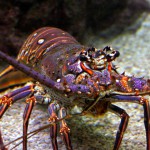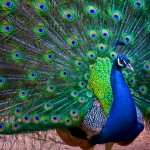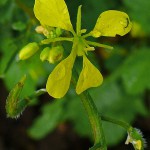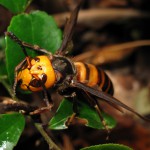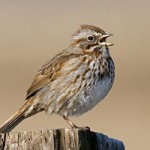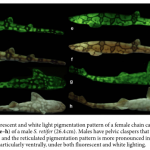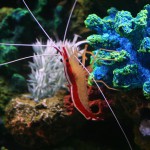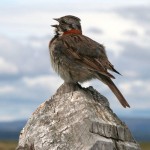This gallery contains 3 photos.
Although, we humans must rely on compasses and google maps to guide us, a diverse range of animals possess the incredible ability to detect the earth’s magnetic field, allowing them to migrate accurately over astonishing distances. These animals are able … Continue reading

